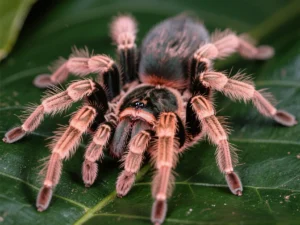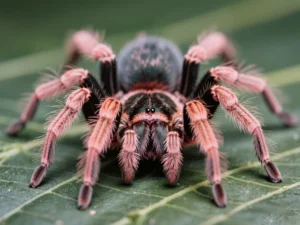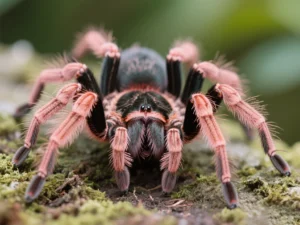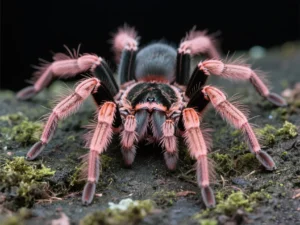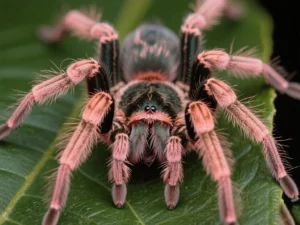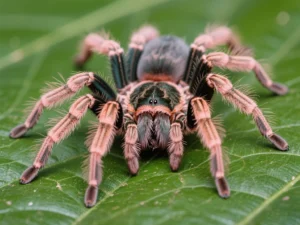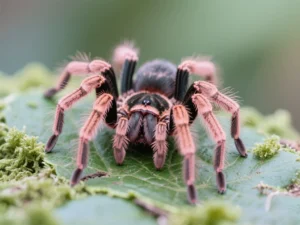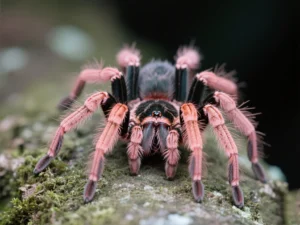body {
font-family: ‘Segoe UI’, Tahoma, Geneva, Verdana, sans-serif;
line-height: 1.6;
color: #333;
background-color: #f4f4f4;
margin: 0;
padding: 0;
}
.article-layout-container {
display: flex;
gap: 30px;
max-width: 1100px;
margin: 40px auto;
padding: 0 15px;
}
.article-content-main {
flex: 3;
min-width: 0;
}
.toc-sidebar {
flex: 1;
min-width: 200px;
height: fit-content;
position: sticky;
top: 20px;
background-color: #f8f9fa;
padding: 20px;
border-radius: 8px;
box-shadow: 0 2px 5px rgba(0,0,0,0.05);
}
.toc-sidebar h3 {
margin-top: 0;
margin-bottom: 15px;
font-size: 1.2em;
color: #34495e;
border-bottom: 1px solid #e0e0e0;
padding-bottom: 8px;
}
.toc-sidebar ul {
list-style: none;
padding: 0;
margin: 0;
}
.toc-sidebar li {
margin-bottom: 10px;
}
.toc-sidebar a {
text-decoration: none;
color: #2980b9;
font-size: 0.95em;
transition: color 0.2s ease;
}
.toc-sidebar a:hover,
.toc-sidebar a:focus {
color: #1a5276;
text-decoration: underline;
}
.article-container {
padding: 30px;
background-color: #fff;
border-radius: 8px;
box-shadow: 0 4px 8px rgba(0, 0, 0, 0.1);
}
.article-header img {
width: 100%;
max-height: 350px;
object-fit: cover;
border-radius: 8px 8px 0 0;
margin-bottom: 20px;
}
.article-container h1 {
font-size: 2.5em;
color: #2c3e50;
margin-bottom: 15px;
border-bottom: 2px solid #3498db;
padding-bottom: 10px;
}
.article-container .tag {
display: inline-block;
background-color: #3498db;
color: #fff;
padding: 5px 15px;
border-radius: 15px;
font-size: 0.9em;
margin-bottom: 20px;
text-transform: uppercase;
letter-spacing: 0.5px;
}
.article-container h2 {
font-size: 1.8em;
color: #2980b9;
margin-top: 30px;
margin-bottom: 15px;
scroll-margin-top: 80px; /* Adjust based on fixed header height if any */
}
.article-container h3 {
font-size: 1.4em;
color: #34495e;
margin-top: 25px;
margin-bottom: 10px;
}
.article-container p {
margin-bottom: 15px;
color: #555;
text-align: justify;
}
.article-container ul,
.article-container ol {
margin-left: 20px;
margin-bottom: 15px;
padding-left: 20px;
}
.article-container li {
margin-bottom: 8px;
}
.article-container strong {
color: #2c3e50;
font-weight: 600;
}
.important-note {
background-color: #e8f6fd;
border-left: 4px solid #3498db;
padding: 15px;
margin: 20px 0;
border-radius: 4px;
}
.important-note p {
margin-bottom: 0;
}
.warning-note {
background-color: #fef5e7;
border-left: 4px solid #e67e22;
padding: 15px;
margin: 20px 0;
border-radius: 4px;
}
.warning-note p {
margin-bottom: 0;
}
/* Responsive adjustments */
@media (max-width: 992px) {
.article-layout-container {
flex-direction: column;
}
.toc-sidebar {
position: static; /* Changed from sticky */
order: -1; /* Move ToC to the top on smaller screens */
margin-bottom: 30px;
width: auto; /* Allow it to take full width if needed */
min-width: unset;
}
}
@media (max-width: 768px) {
.article-layout-container {
margin: 20px auto;
padding: 0 10px;
}
.article-container {
padding: 20px;
}
.article-container h1 {
font-size: 2em;
}
.article-container h2 {
font-size: 1.5em;
}
.article-container h3 {
font-size: 1.2em;
}
}
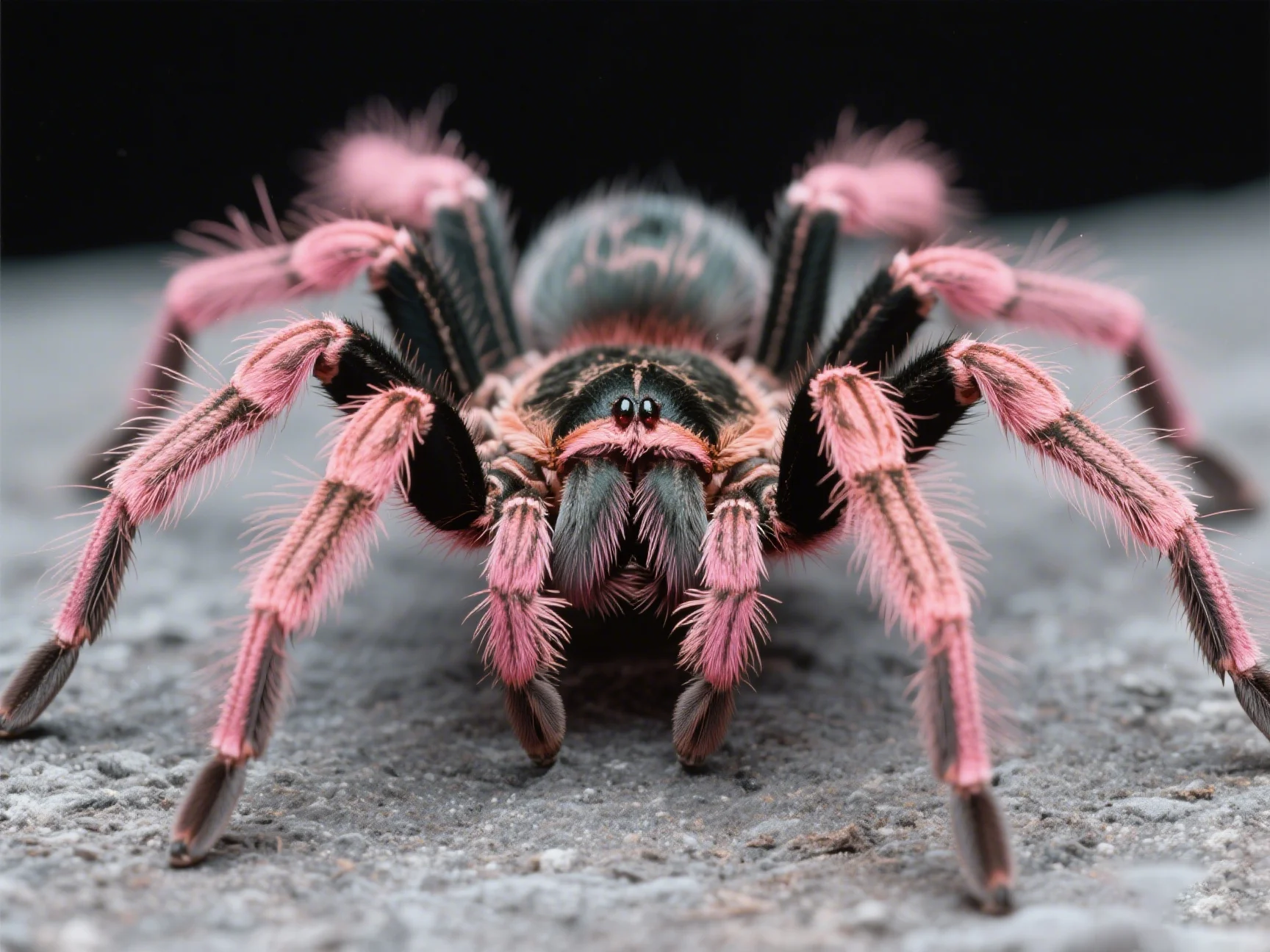
Tarantula Temperament
Are Antilles pinktoe tarantula friendly?
When people ask if an animal is “friendly,” they often mean whether it enjoys human interaction, seeks attention, or is safe to handle without aggression. In the context of tarantulas, including the Antilles pinktoe (Caribena versicolor), the term “friendly” needs careful consideration.
Defining “Friendly”
Tarantulas, being invertebrates with relatively simple nervous systems compared to mammals, do not experience emotions like affection or friendliness in the way dogs or cats do. They don’t form bonds with their keepers or seek out cuddles. Their behavior is driven primarily by instinct: survival, hunting, and reproduction.
Therefore, a “friendly” tarantula typically means one that is:
- Non-aggressive: Unlikely to bite or display threat postures unless severely provoked.
- Calm/Docile: Tends to remain still or move slowly when undisturbed.
- Tolerant: May tolerate minimal, careful interaction (like rehousing) without extreme panic or defense.
Temperament and Behavior
The Antilles pinktoe tarantula generally fits the description of a non-aggressive and docile species. They are renowned in the hobby for their calm disposition.
- Primary Defense:** Flight. They are much more likely to rapidly run and hide than stand their ground.
- Secondary Defense:** Flicking feces. A unique (for tarantulas) but harmless deterrent.
- Biting:** Extremely rare, reserved for situations where they feel trapped and acutely threatened.
- Skittishness:** Despite being calm, they can be easily startled into sudden, fast movement due to their arboreal nature.
Understanding the typical [Antilles pinktoe tarantula temperament](https://www.lopehare.com/tarantula-training-tips/) is key; they are peaceful but reactive.

Interaction with Humans
Antilles pinktoes do not seek out or benefit from handling or direct interaction in the way a social mammal does. Handling is stressful for them and carries significant risk of injury (to the tarantula via falls). They view humans as part of the environment – potentially a predator or an obstacle – not as companions.
Their “friendliness” is better described as **tolerance and a low propensity for aggression**. They are generally predictable in their defensive behaviors (flight first).
Respect Their Nature: Appreciate *Caribena versicolor* for their beauty and interesting natural behaviors within their enclosure, rather than expecting mammal-like “friendship.”
Conclusion: Docile, Not Friendly
So, are Antilles pinktoe tarantulas friendly? **No, not in the conventional sense.** They do not form bonds or enjoy human company.
However, are they **docile and generally safe** for keepers who respect their space and needs? **Yes.** Their reluctance to bite and preference for fleeing make them one of the more manageable and predictable tarantula species regarding temperament.
It’s more accurate to describe them as **calm, non-aggressive, and tolerant**, rather than “friendly.” This distinction is important for setting realistic expectations about interacting with these fascinating creatures.
Temperament descriptions based on widespread consensus within the tarantula keeping hobby and observations documented in resources like the World Spider Catalog’s associated notes (WSC).
